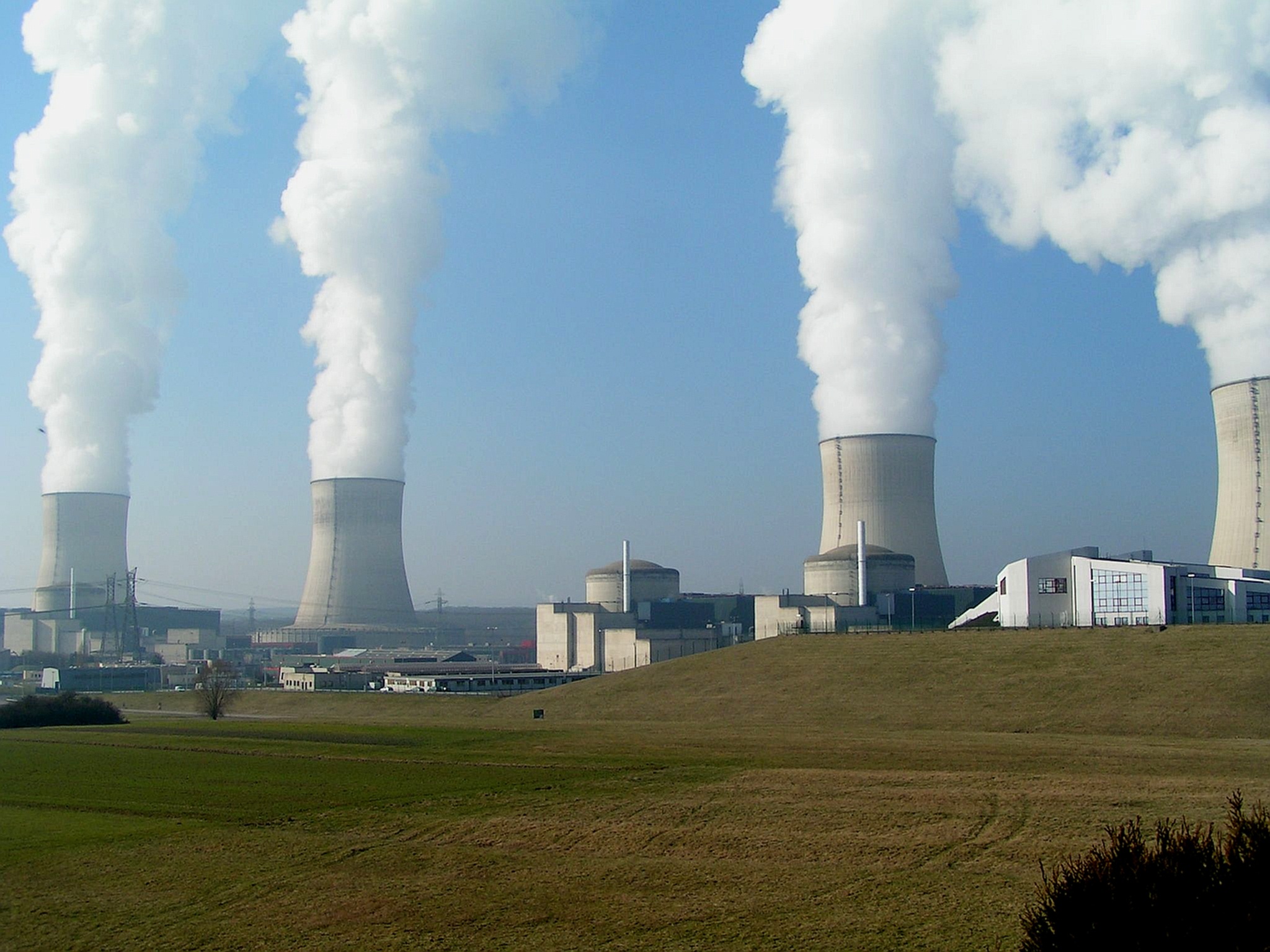Nuclear forces, or nuclear interactions, represent the fundamental forces that govern the behavior of subatomic particles within atomic nuclei. They are crucial to understanding the stability, structure, and phenomena associated with atomic nuclei. Various types of nuclear forces exist, each essential to maintaining the integrity of matter at the microscopic level. This comprehensive exploration delves into the nature, types, and implications of nuclear forces in contemporary physics.
The foundation of nuclear forces can be traced to the interplay between elementary particles: protons and neutrons, collectively known as nucleons, which reside in the nucleus. At the heart of nuclear interactions is the strong nuclear force, sometimes referred to as the strong interaction. This force is immensely powerful but operates over a very short range, approximately the size of an atomic nucleus itself, typically around 1 femtometer (10-15 meters).
At the quantum level, the strong nuclear force is mediated by particles known as gluons, which are exchanged between quarks—constituents of protons and neutrons. This exchange is fundamental to the binding of quarks into nucleons and nucleons into atomic nuclei. The inherent property of color charge, analogous to electric charge in electromagnetic interactions, defines how quarks interact through the strong force. Gluons carry this color charge, facilitating the binding of quarks. As quarks are confined within nucleons due to the strong force, it leads to the phenomenon known as confinement.
Complementing the strong nuclear force is the weak nuclear force, which, though weaker than the strong interaction, plays a critical role in certain types of nuclear decay and particle interactions. The weak force is responsible for processes such as beta decay, where a neutron can transform into a proton. This transformation is mediated by the exchange of W and Z bosons, which are the force carriers of the weak nuclear interaction. While the strong force is instrumental in holding nucleons together, the weak force governs transitions between different states of nucleons, contributing to the dynamic evolution of atomic nuclei.
The electromagnetic force also exerts its influence within the nucleus. Protons, possessing a positive electric charge, repel each other, presenting a challenge in terms of nuclear stability. However, the presence of neutrons, which are electrically neutral, mitigates this repulsion. By creating a more stable nucleon configuration, neutrons contribute to the overall binding energy of the nucleus. This complex interplay between attractive strong forces and repulsive electromagnetic forces shapes the architecture of atomic nuclei.
The concept of nuclear forces extends further into the realm of potential energy landscapes, where the stability of a nucleus can be visualized as a valley in a potential well. The depth of this well corresponds to the binding energy, a measure of how strongly nucleons are bound together. A higher binding energy implies greater nuclear stability, while fluctuations in potential energy can lead to phenomena such as nuclear fission and fusion.
Nuclear forces also give rise to a variety of nuclear models that attempt to define the structure and behavior of nuclei. The liquid drop model, for instance, analogizes the nucleus to a drop of incompressible liquid, with nucleons behaving like molecules within this drop. This model successfully explains many nuclear phenomena, including binding energy and nuclear radius, although it has limitations regarding finer details.
Conversely, the shell model posits that nucleons occupy discrete energy levels akin to electrons in atomic orbitals. This leads to the concept of magic numbers, specific numbers of nucleons that confer increased stability to the nucleus. When the number of protons or neutrons matches one of these magic numbers, the nucleus exhibits enhanced binding energy and stability, a salient feature observed in many stable isotopes.
Explorations of nuclear forces also encompass the study of nucleon-nucleon interactions, a subfield that examines how nucleons interact under various conditions. The Yukawa potential, formulated by Hideki Yukawa in the early 20th century, provides an effective description of the strong force between nucleons, postulating the exchange of mesons (specifically the pion) as mediators of this interaction. The intricacies of these interactions underlie numerous applications in nuclear physics, including the behavior of neutron stars and the processes underpinning nuclear reactors.
In a practical context, nuclear forces have profound implications across various domains, ranging from energy production and medical applications to theoretical physics. In nuclear power generation, understanding the nuances of nuclear forces is paramount for harnessing energy through controlled fission reactions. Furthermore, advances in nuclear medicine exploit the properties of nuclear interactions for imaging and treatment of diseases. Techniques like positron emission tomography (PET) and radiotherapy leverage the principles of nuclear forces to enhance patient care.
Moreover, ongoing research in high-energy physics, particularly at international particle accelerators, seeks to expand our understanding of nuclear forces under extreme conditions. Experiments aimed at probing the quark-gluon plasma, a state of matter that existed shortly after the Big Bang, may provide insights into the fundamental nature of strong interactions and the early universe.
In conclusion, nuclear forces are a cornerstone of modern physics, elucidating the intricate relationships governing the stability and behavior of atomic nuclei. They encapsulate a compelling narrative that intertwines theoretical constructs with practical applications, demonstrating the profound significance of these fundamental interactions. As the frontier of nuclear physics continues to evolve, further explorations into the fabric of nuclear forces will undeniably yield additional insights into the composition and dynamics of the universe.












